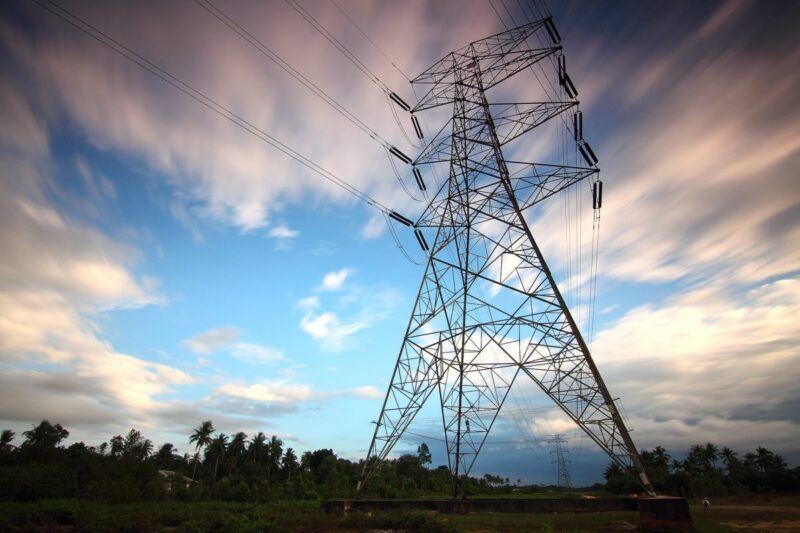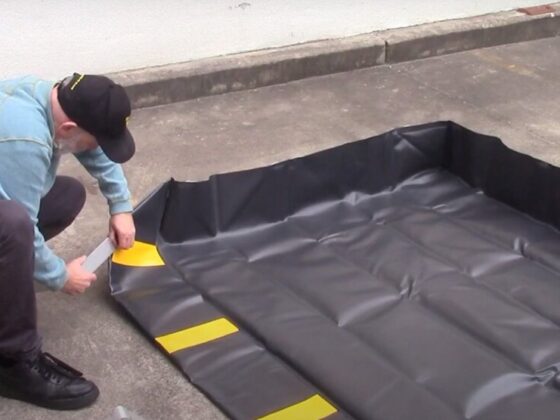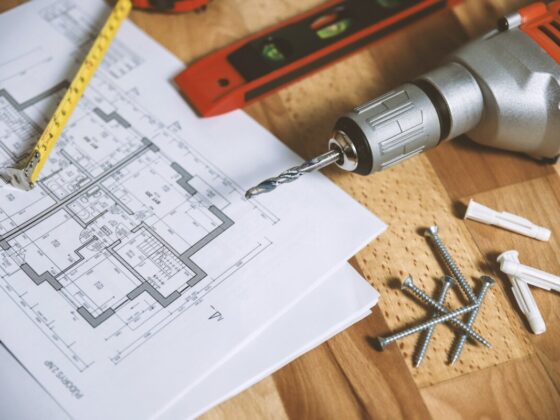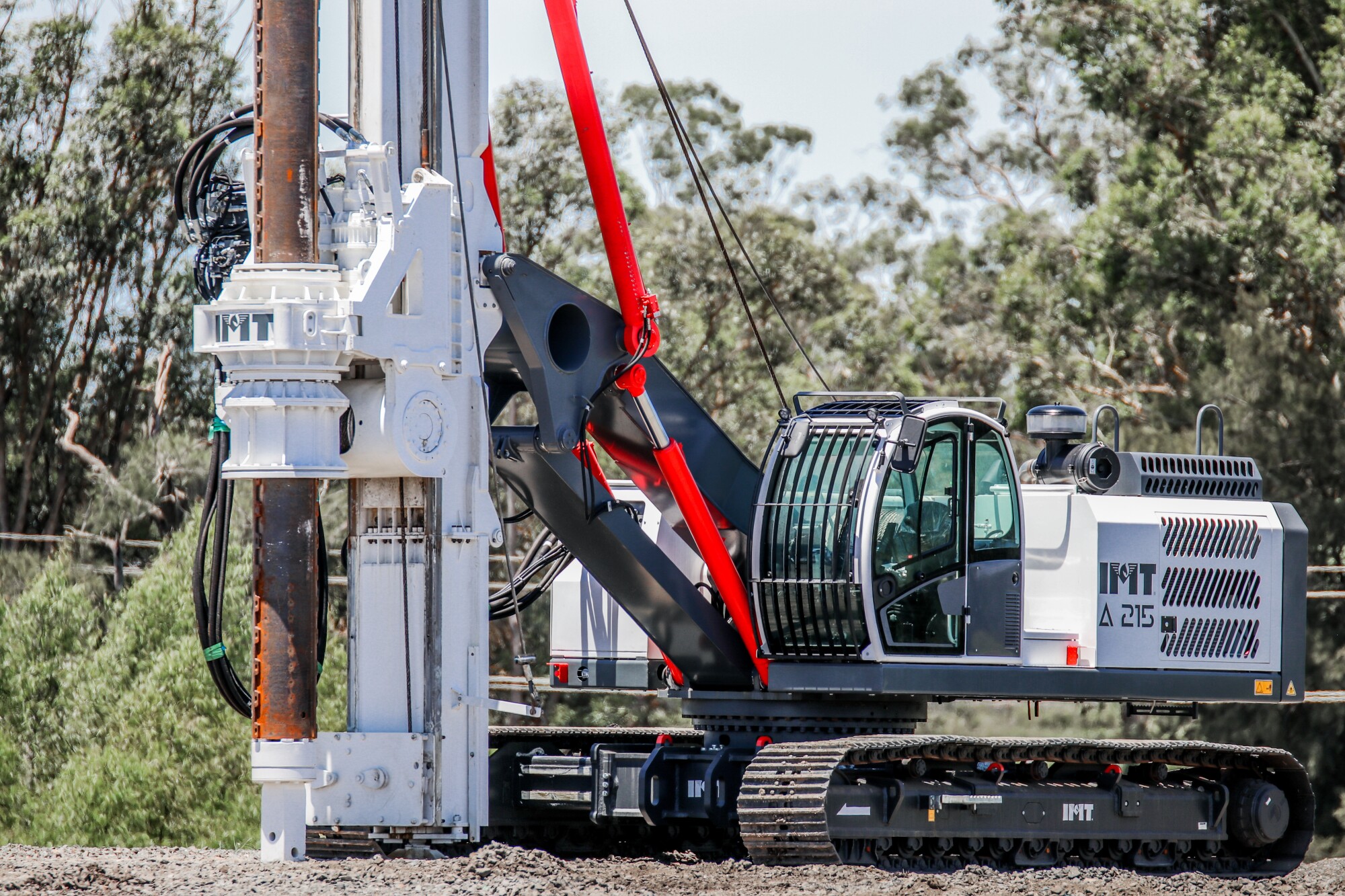Electricity is an essential part of life. It powers lights, computers, ovens, and all the other necessary items we use day-to-day.
And did you know? Comparing electricity charges in Australia can help you get the best deal; you might even be amazed at how costs vary depending on where you live.
This guide will help you understand some factors that impact the cost of electricity in this country, which may have a big impact on your budgeting decisions.
Factors determining the cost of electricity in Australia
1. The type of electricity provider you choose
Electricity companies are classified as either a retailer (sometimes called an energy broker) or an electricity wholesaler.
Retailers buy energy on the market, and they sell it to you with a contract, similar to how grocery stores work. Wholesalers are generators that produce their electricity.
Don’t waste your time going to each provider’s website, as Econnex will make the work easier for you.
You can compare electricity companies on their website with just a few clicks.
2. Your location
Electricity prices in each state and territory vary due to many factors, including electricity generation and transmission costs. Others include market conditions, retail costs, network charges applied by the local utility company to deliver power to your home or business, taxes and government regulations, and subsidies.
The state you live in is also a significant factor that influences the cost of electricity. Queensland and South Australia are two states known for having high-cost electricity, while Tasmania has the lowest average prices.
3. How much power do you use each month?
This is measured in kilowatt-hours (kWh) which are units showing the amount of energy you’ve used during a period (usually one month). Your bill usually is determined by the number of kWh that you use, not the amount of power (watts) used by your appliances.
4. Whether or not your home is energy efficient
Many utility companies can give you a rebate on your bill for making your home more energy-efficient. You can achieve this by adding insulation, using Energy Star appliances, and installing solar panels.
5. The time of day when you use electricity
Peak periods are more costly than off-peak periods. Peak rates usually apply from 7 AM to 8 PM weekdays and all day during weekends and public holidays.
Off-peak rates usually apply from 8 PM to 7 AM on weekdays and all day during weekends, and public holidays.
6. What type of appliances do you have in your home?
Some are more energy-efficient than others because they consume less power for the same task.
The use of appliances and devices that take up lots of electricity will increase your monthly costs more than those that don’t. So it’s essential to consider your energy requirements!
Identifying energy-efficient appliances is quite simple. They have an Energy Star certification logo printed on them.
7. The type of rate plan you’re on
Fixed-rate plans, as well as protecting you against price fluctuations, are cheaper. The price will not change within the contract period.
On the other hand, variable-rate plans are costly but allow you to enjoy lower rates that can arise now and then, depending on what’s happening in the market.
If you hate unexpected increases in your electric bill, a fixed-rate contract will ensure that you know how much you will pay every month.
Conclusion
The type of electricity provider, location, and amount of power you consume significantly impact your electricity bills. In addition, using electricity during fixed-rate, off-peak, or peak hours, as well as if you’re using renewable energy in your home, will play critical roles.
Although each supplier considers the above factors when determining their rates, Econnex makes it simple to compare electricity rates quickly and efficiently.












